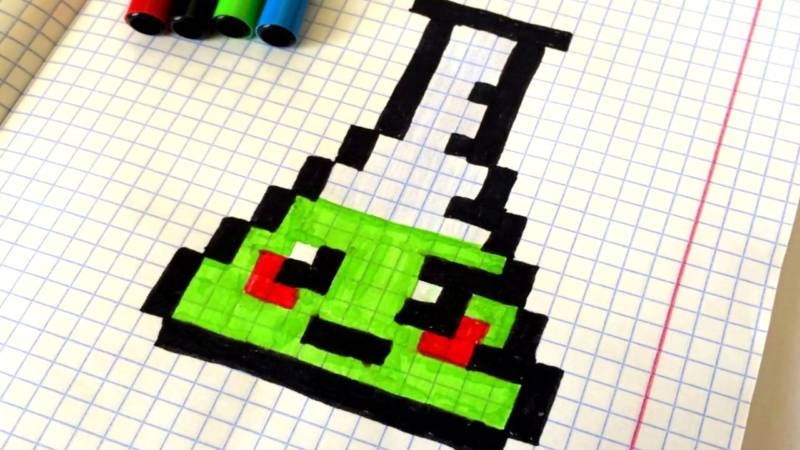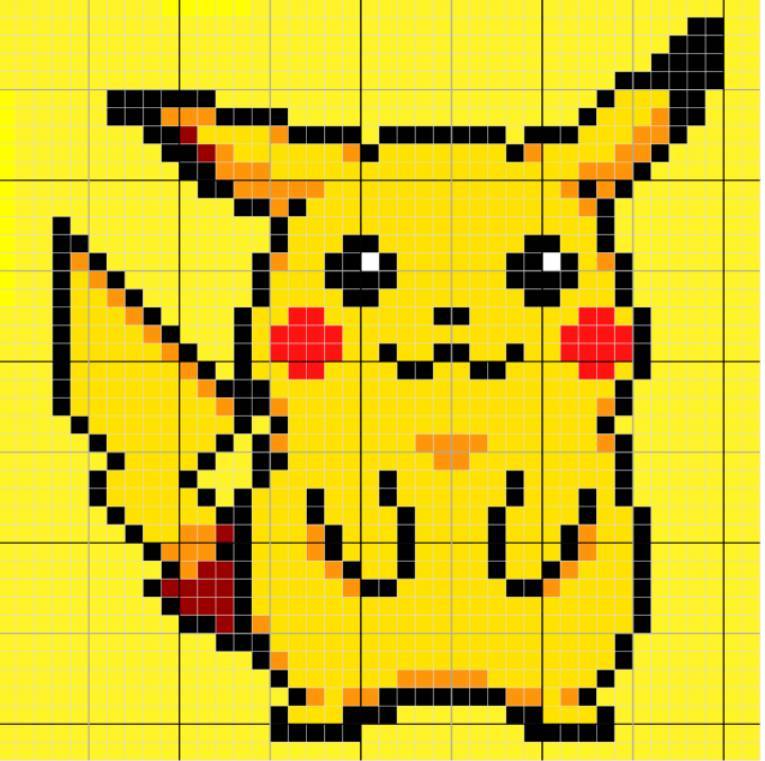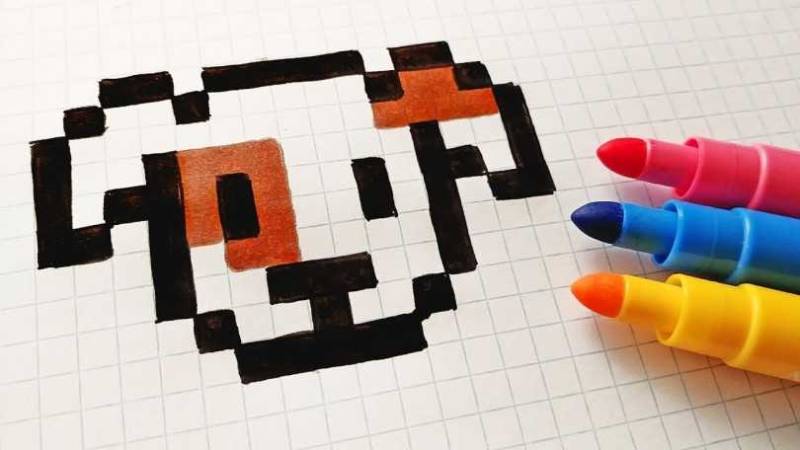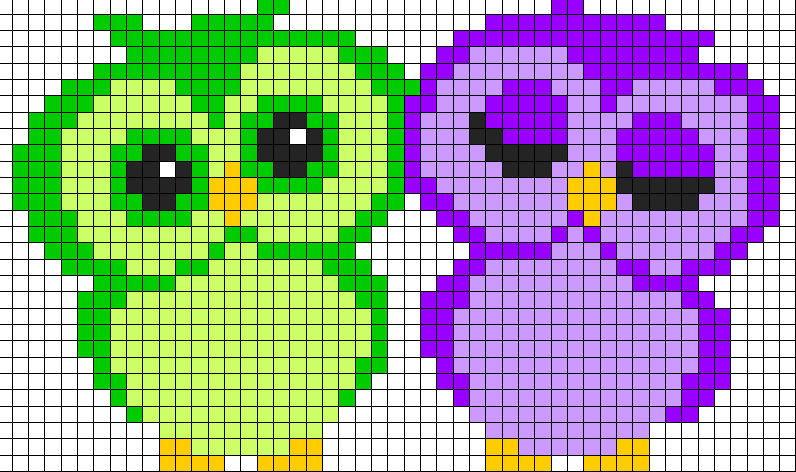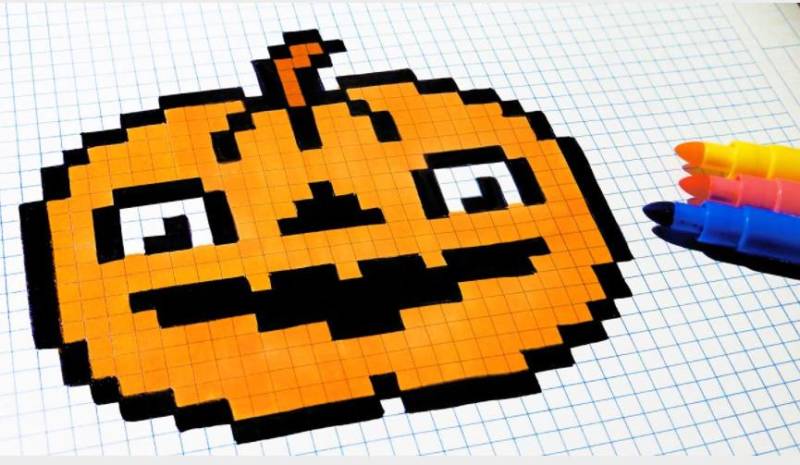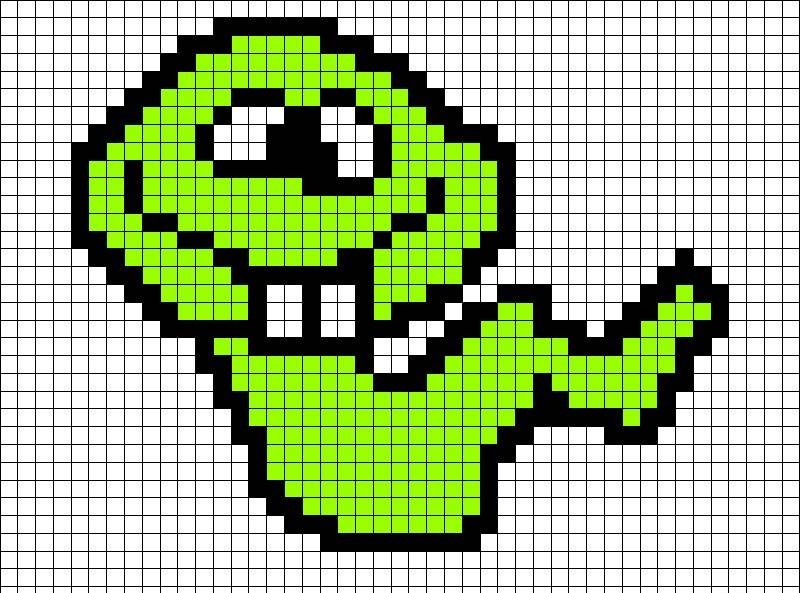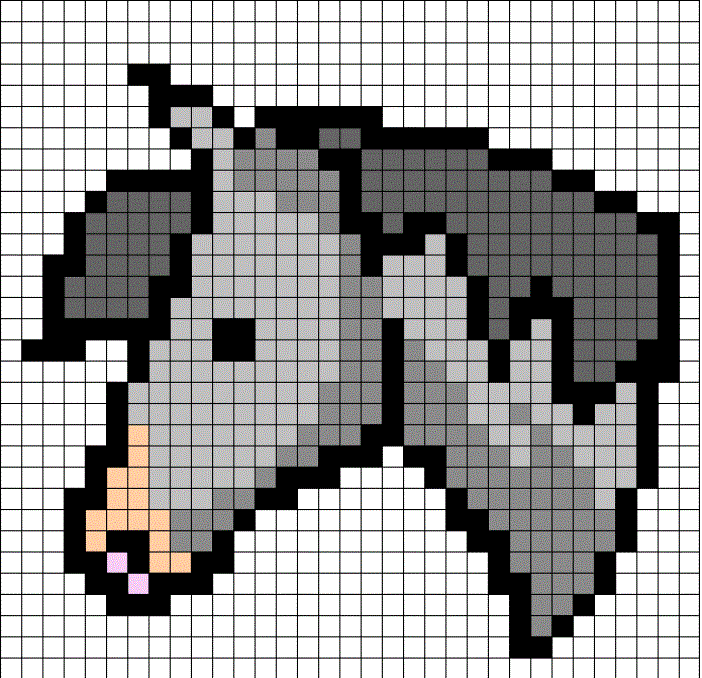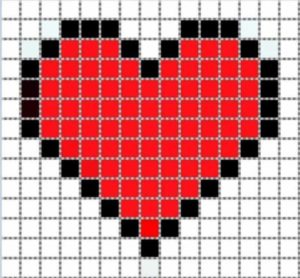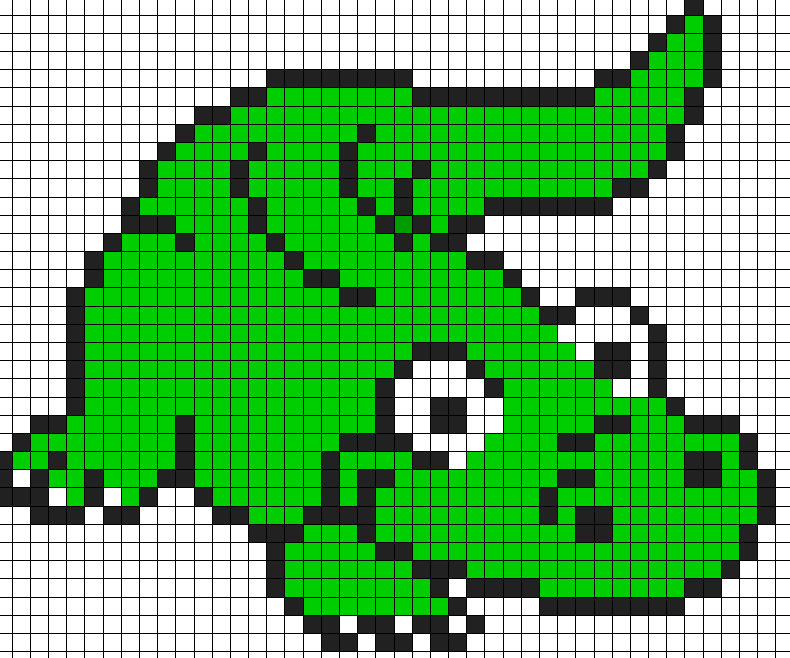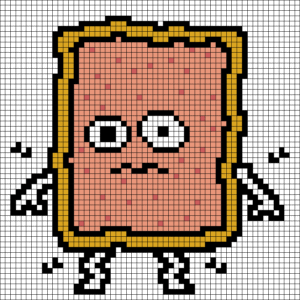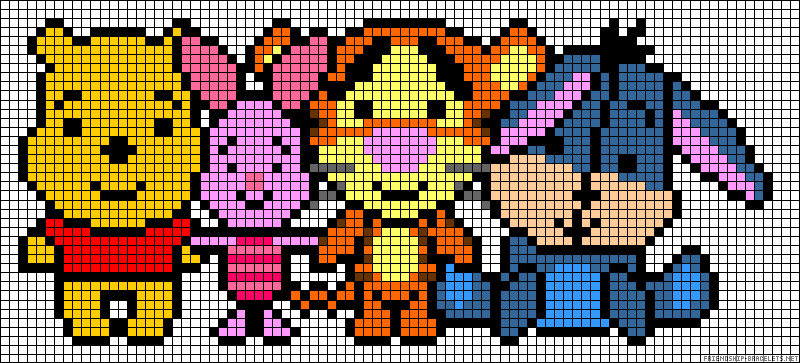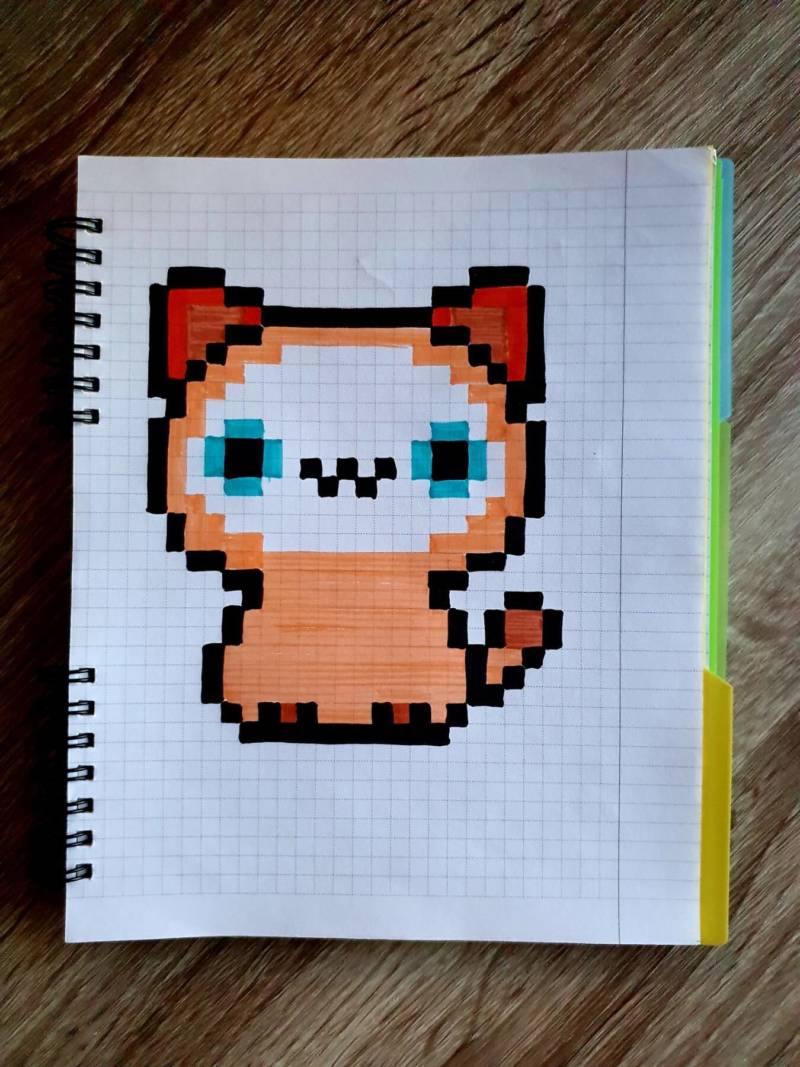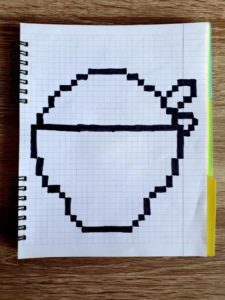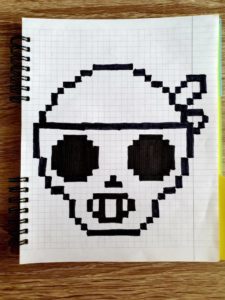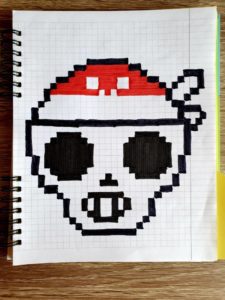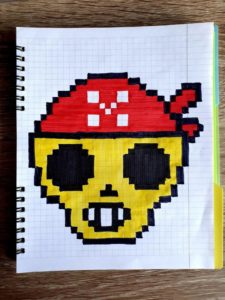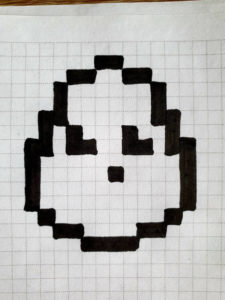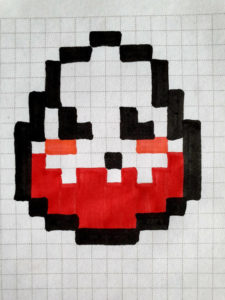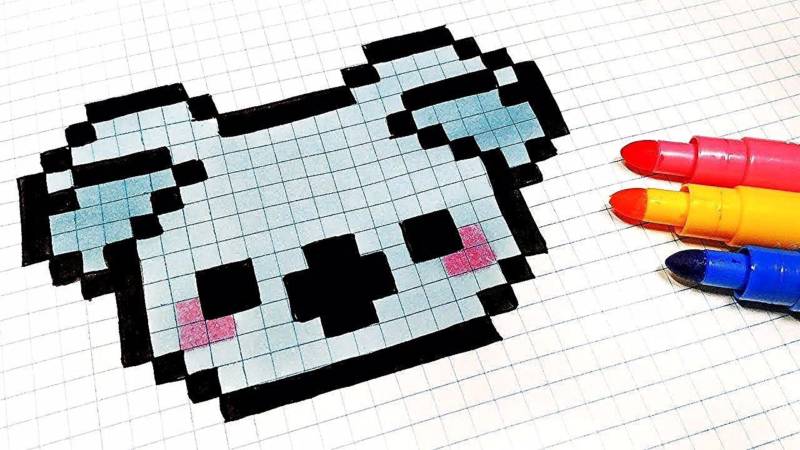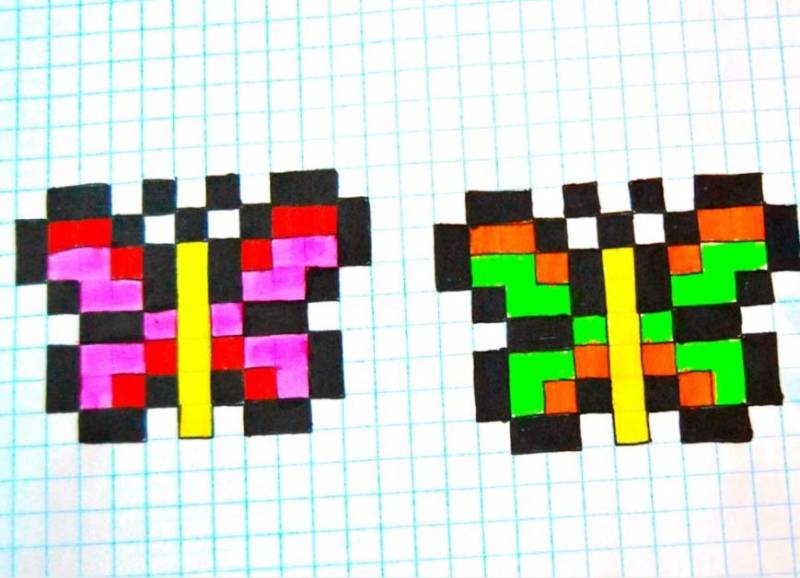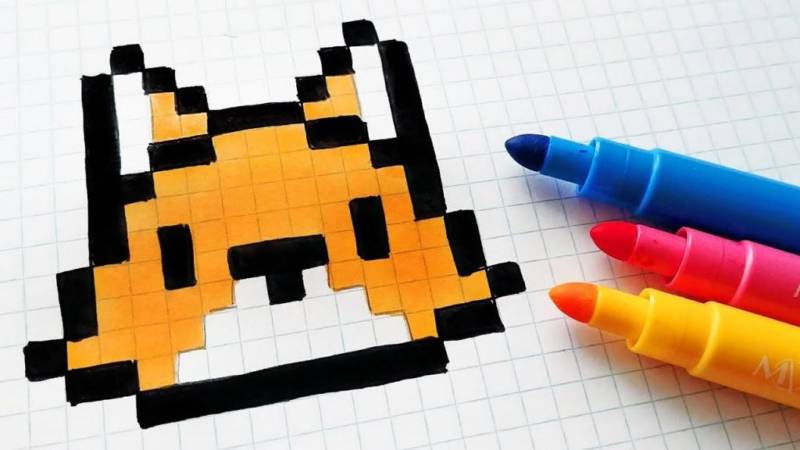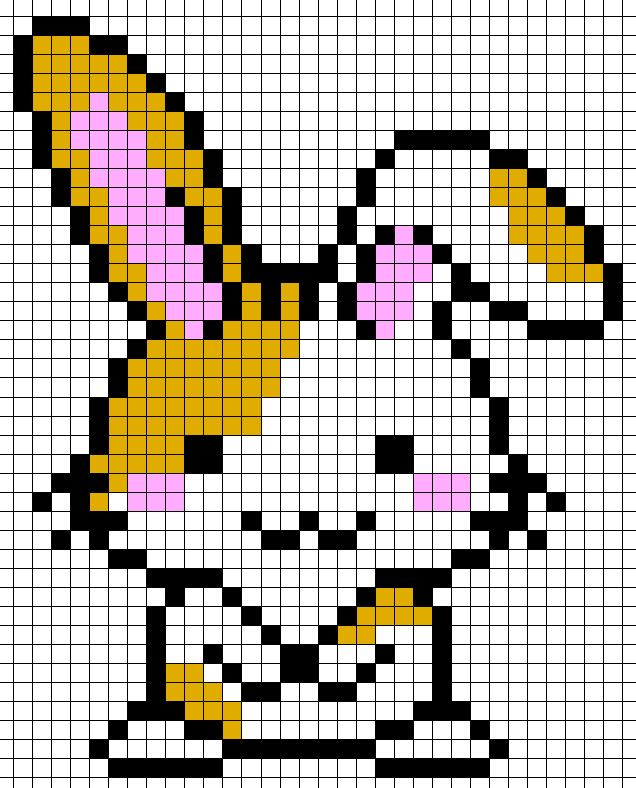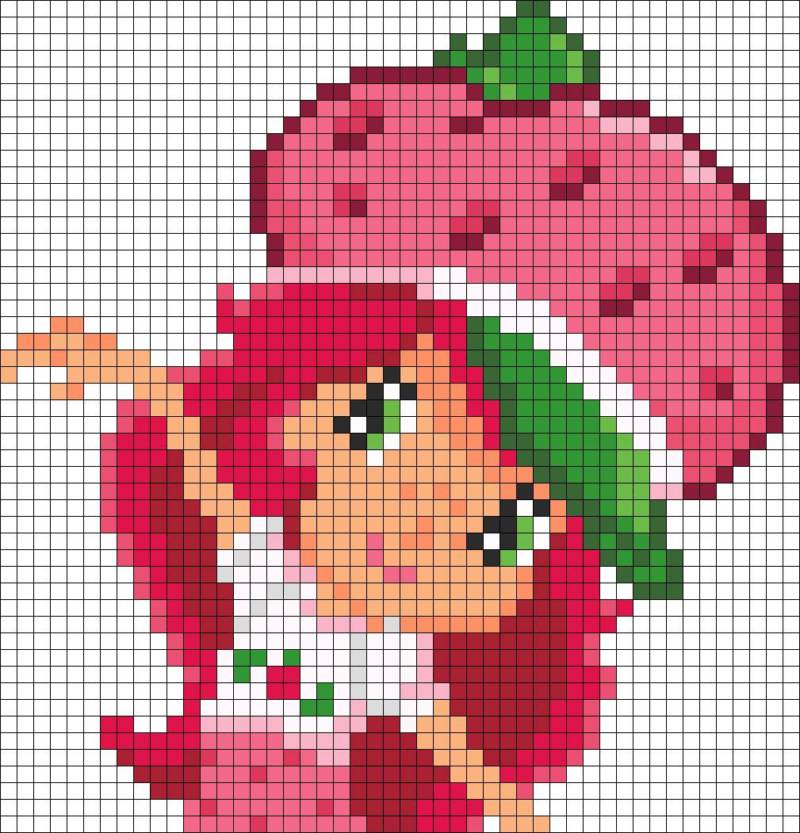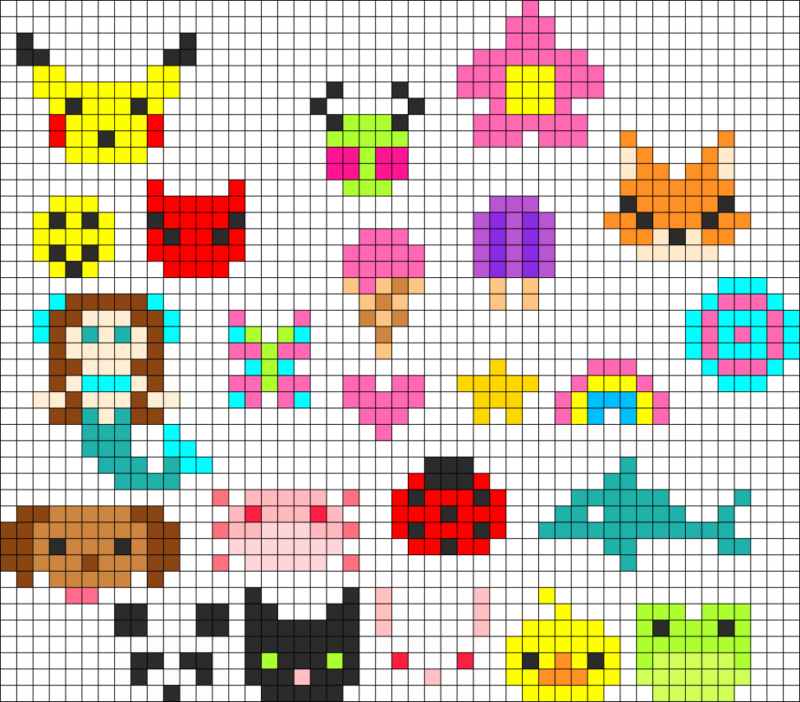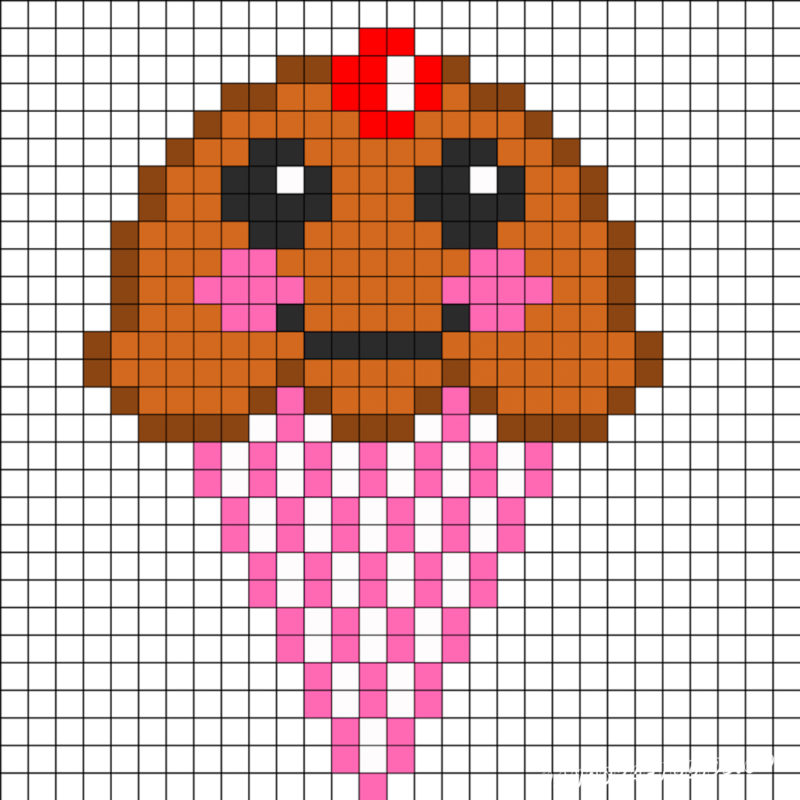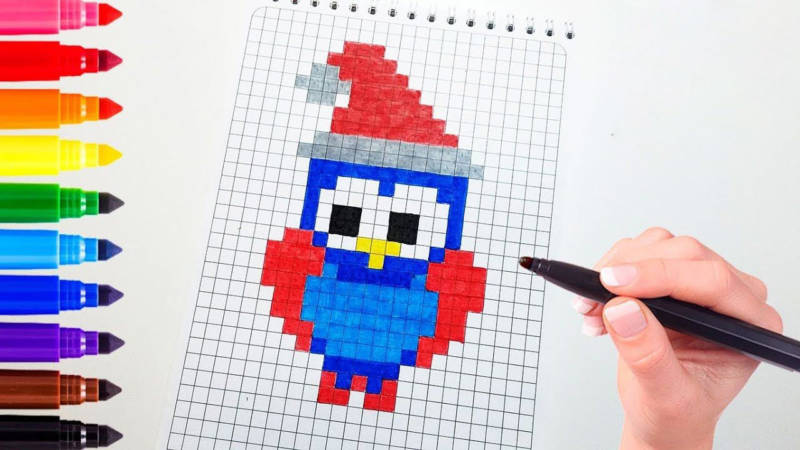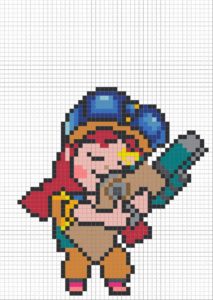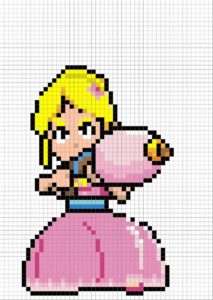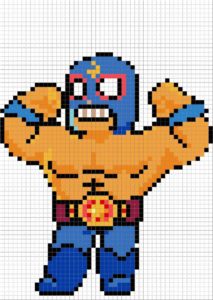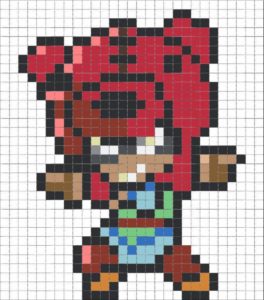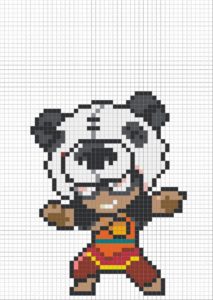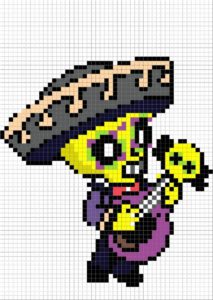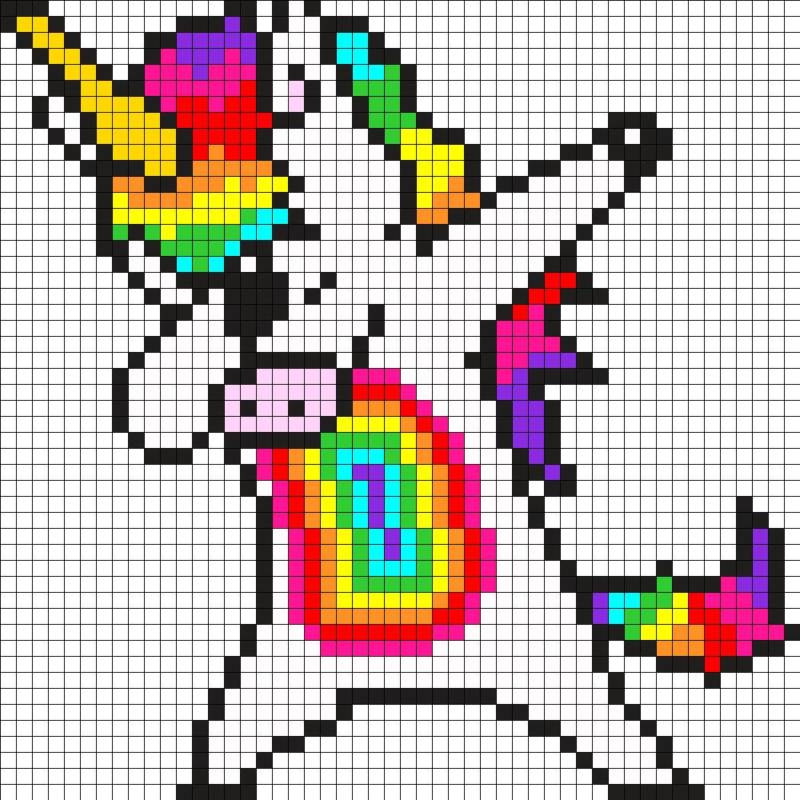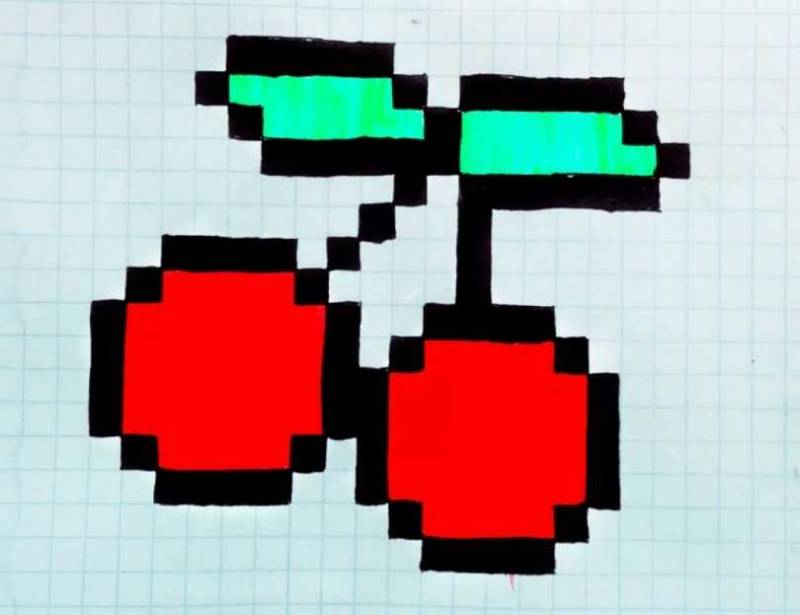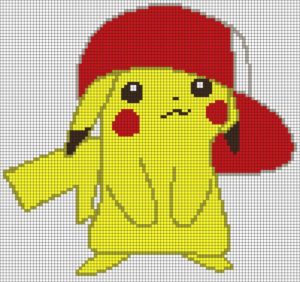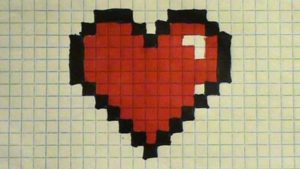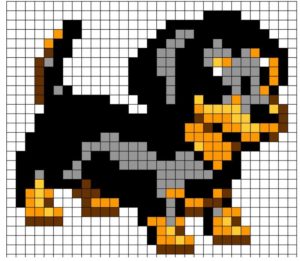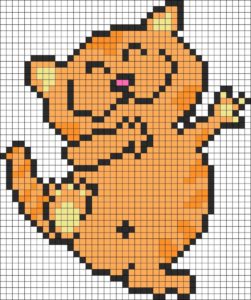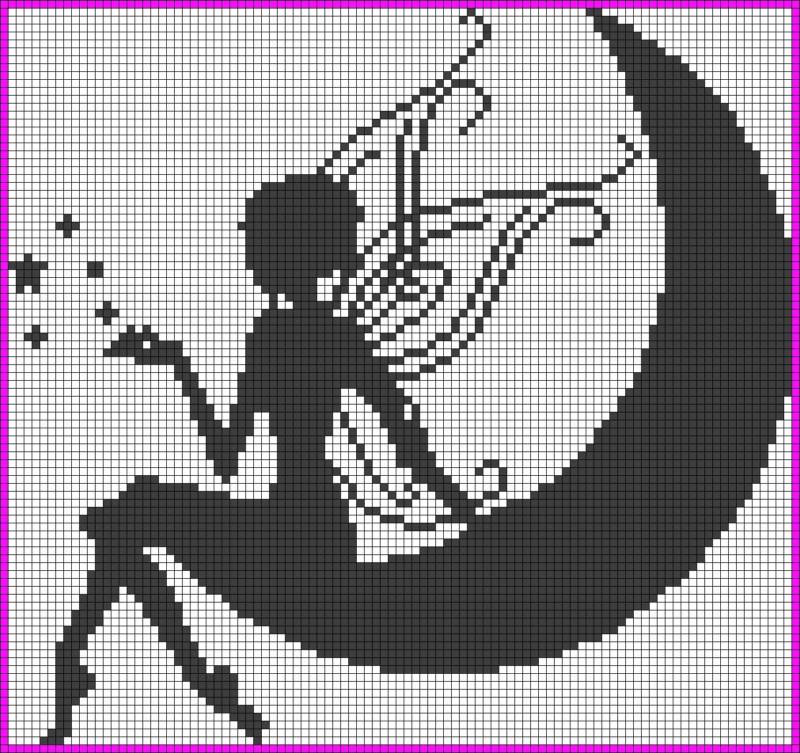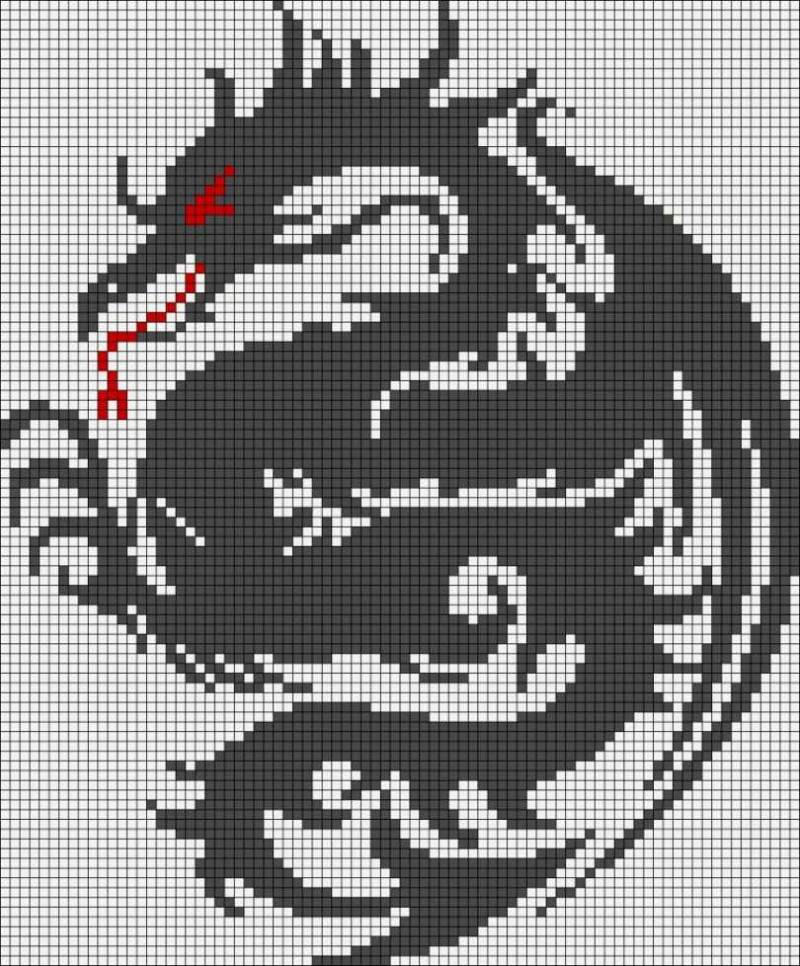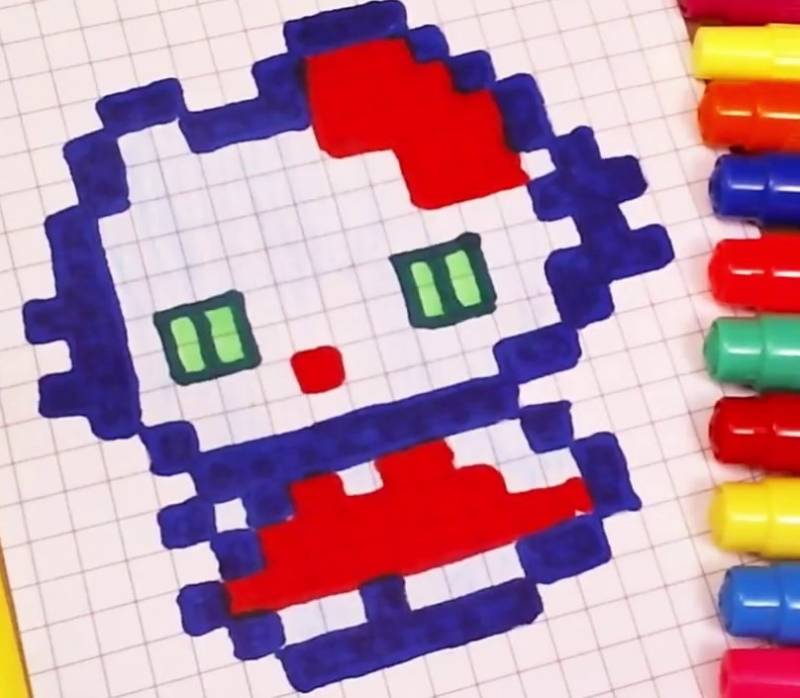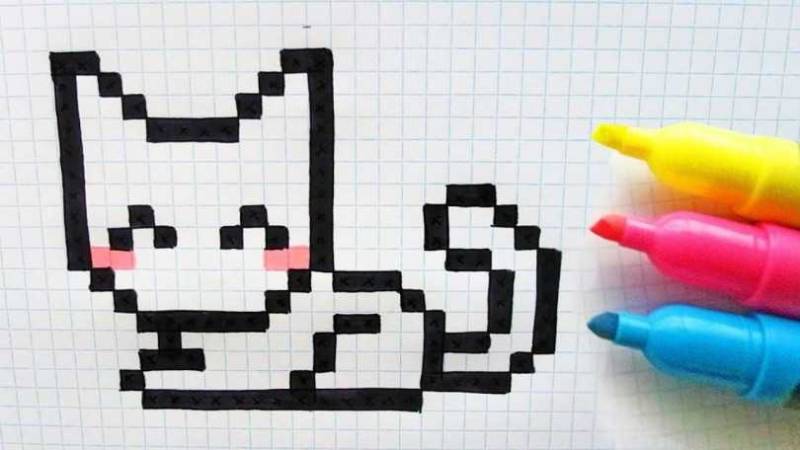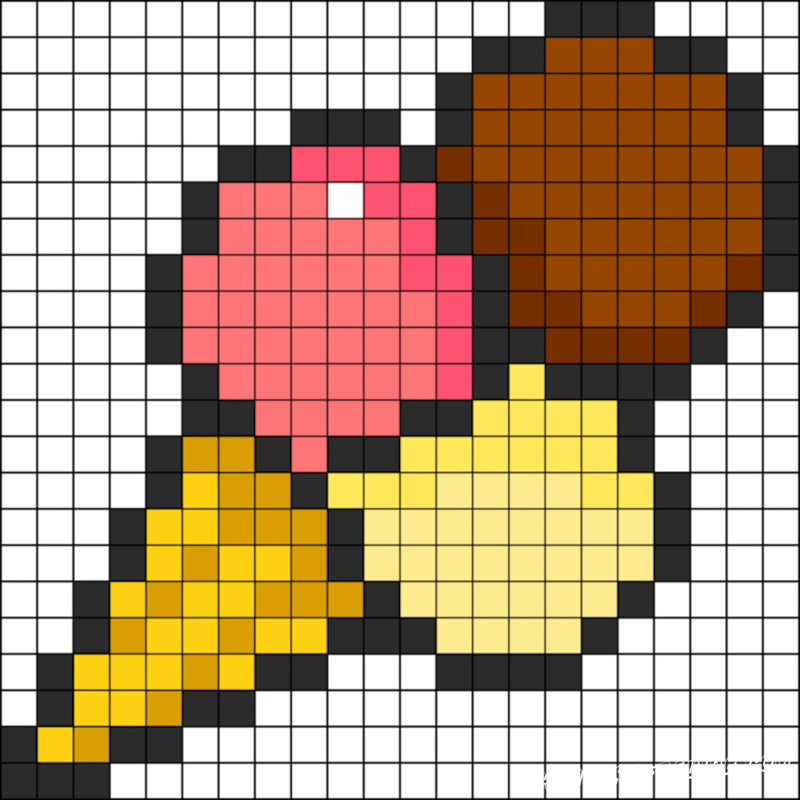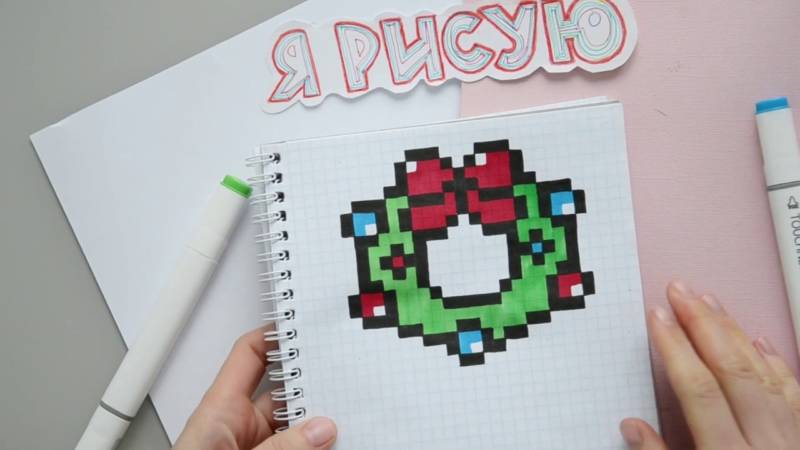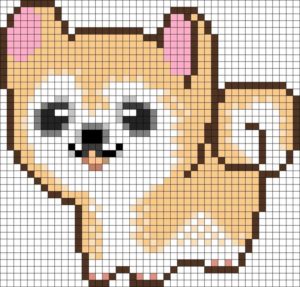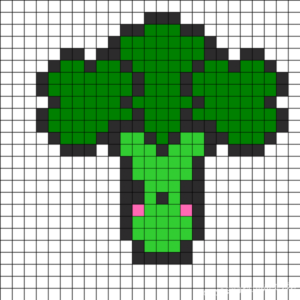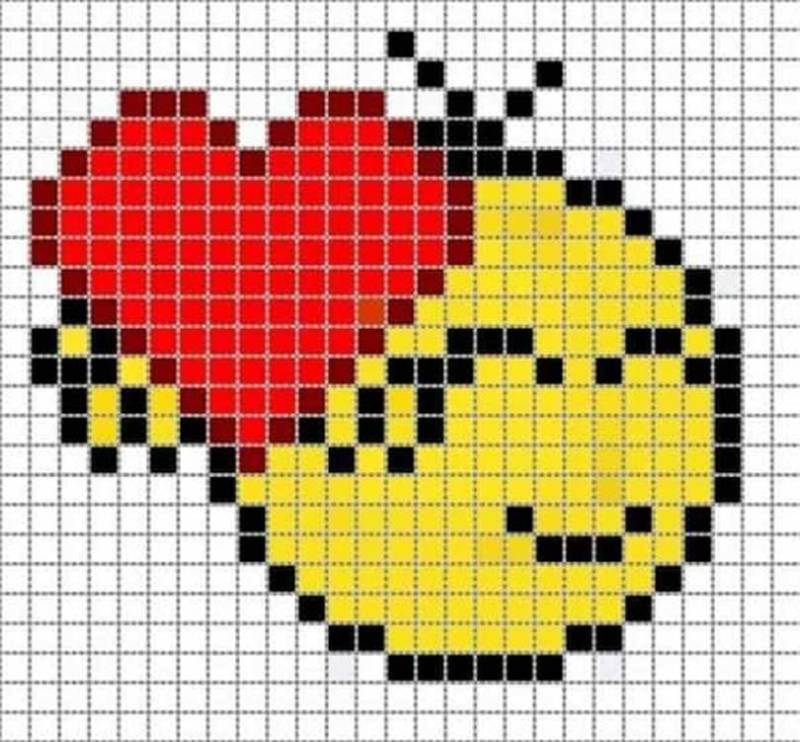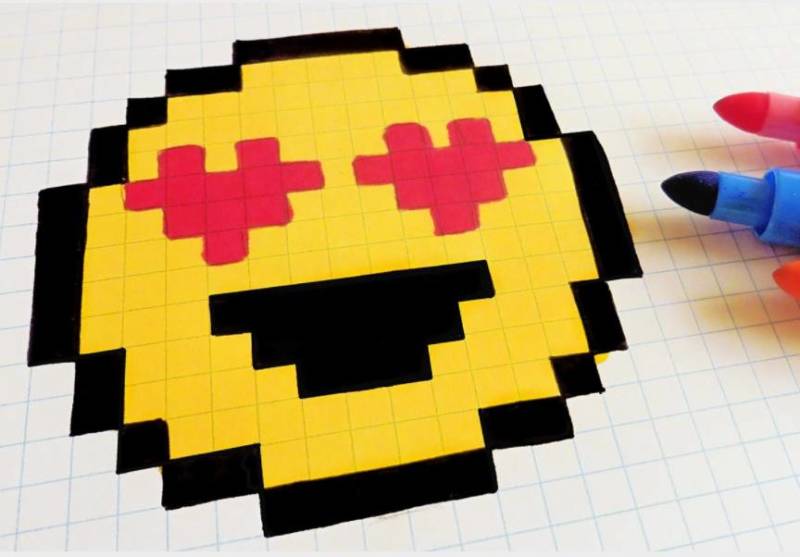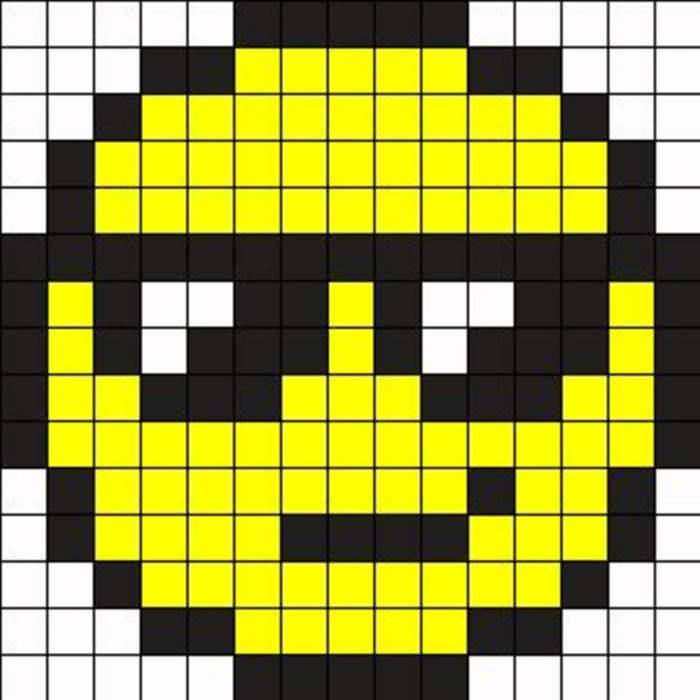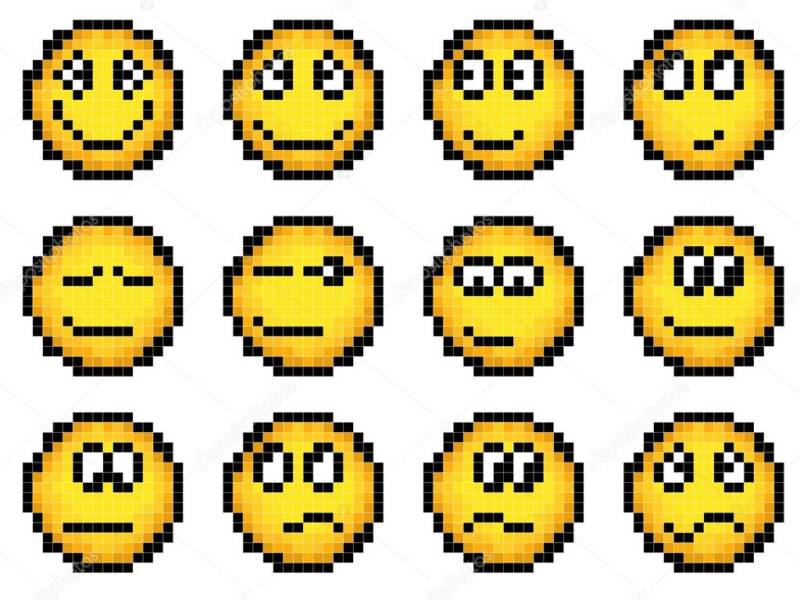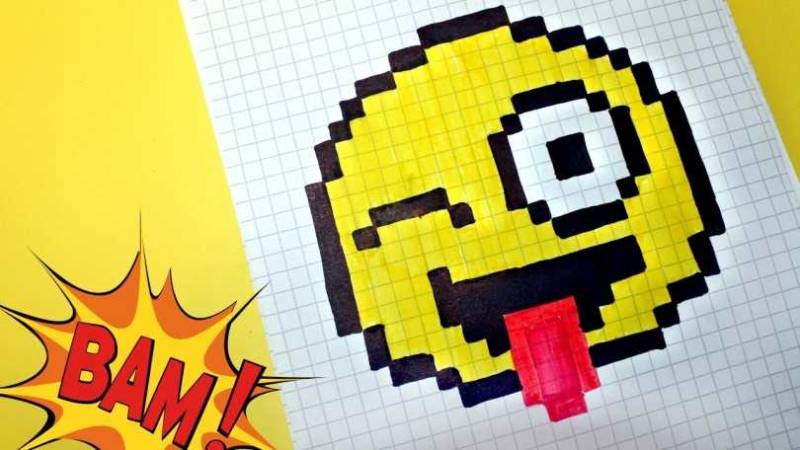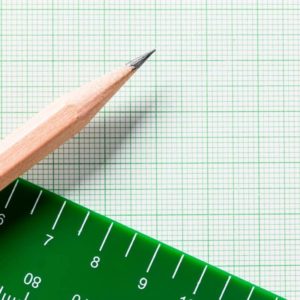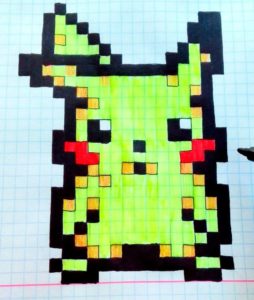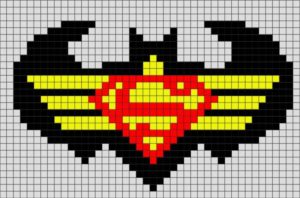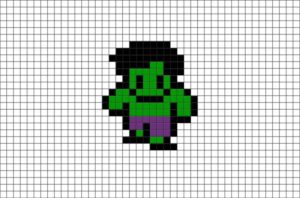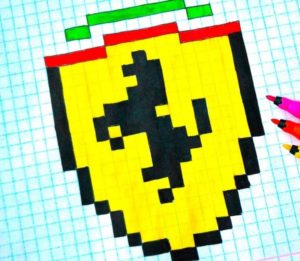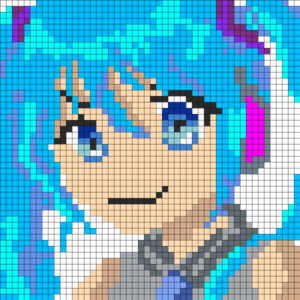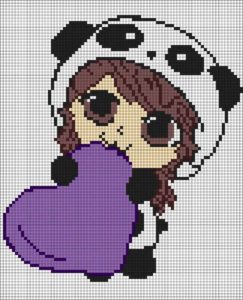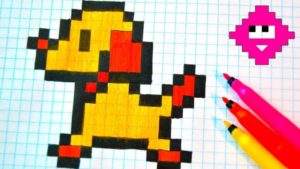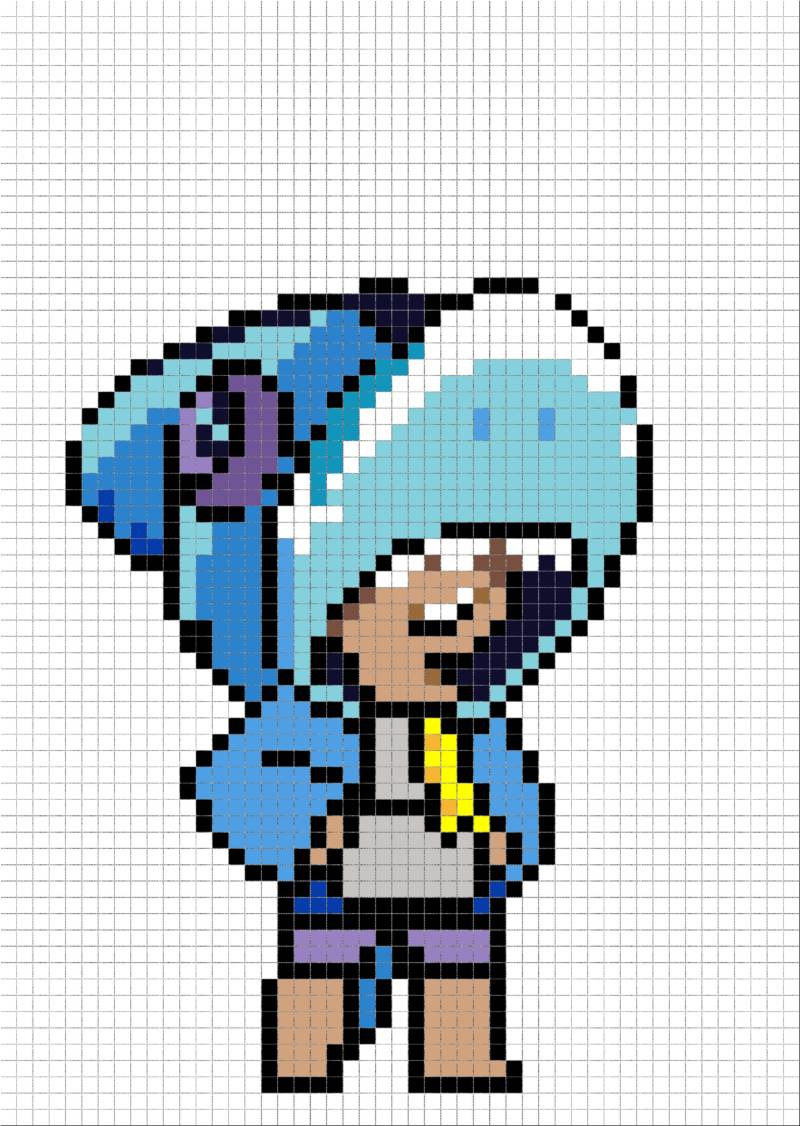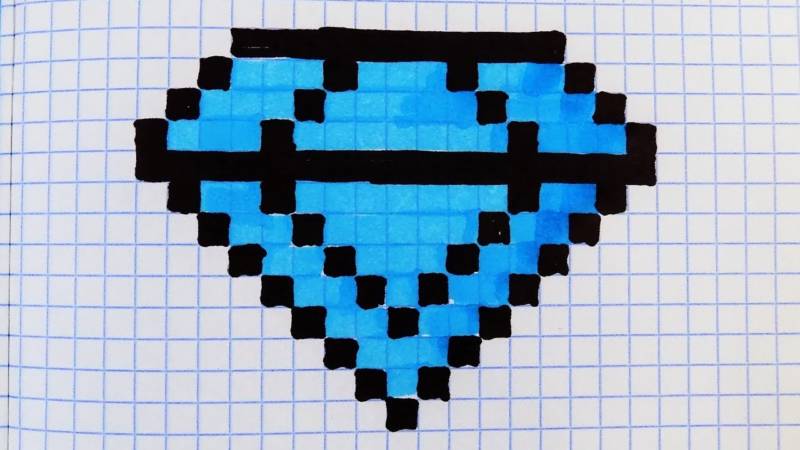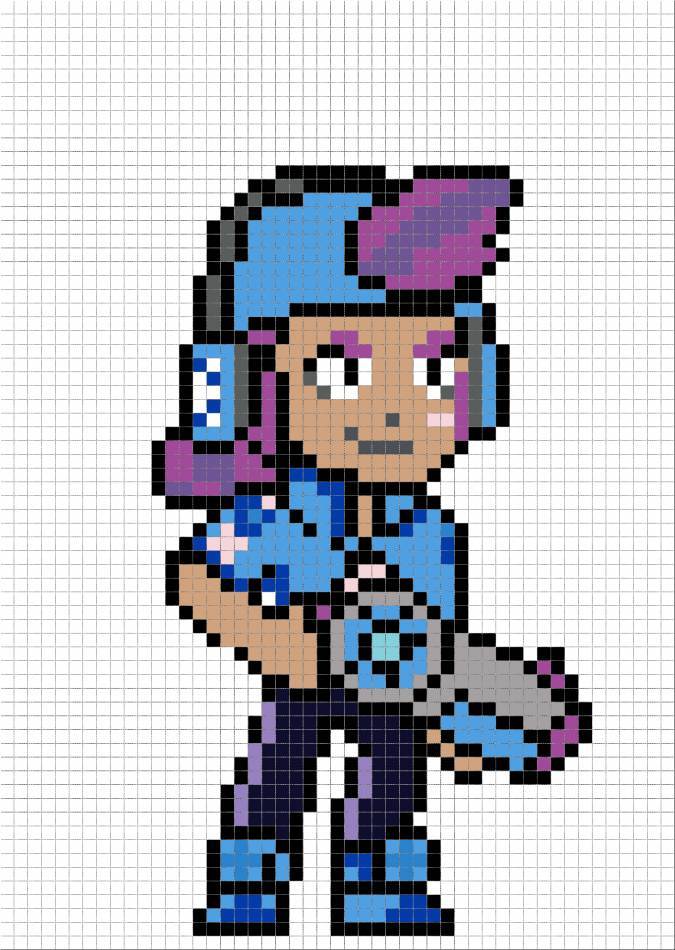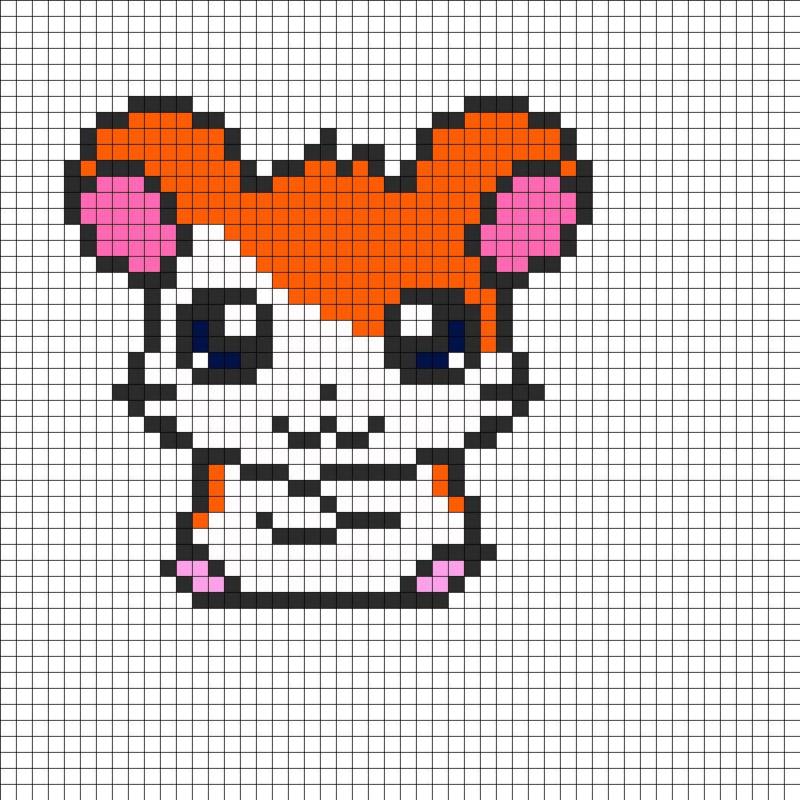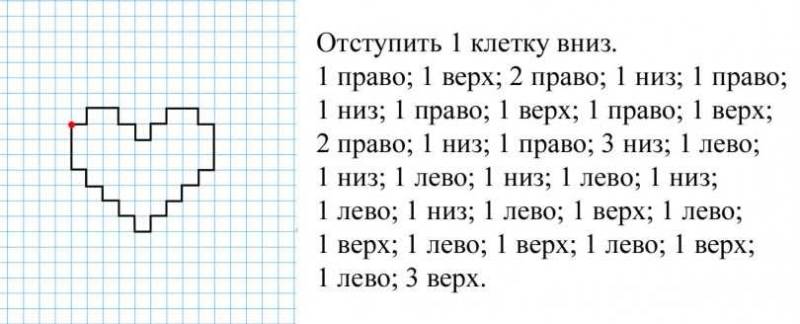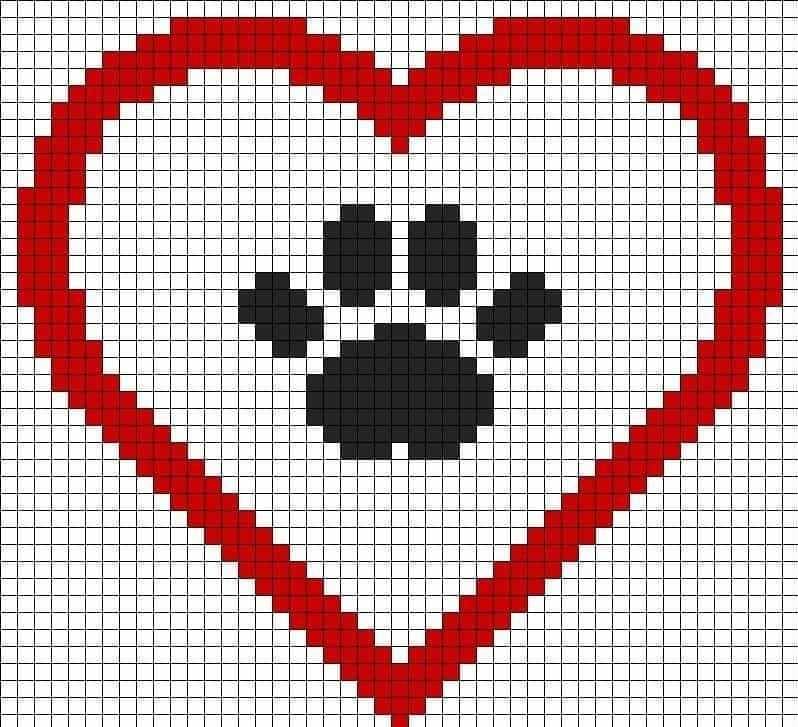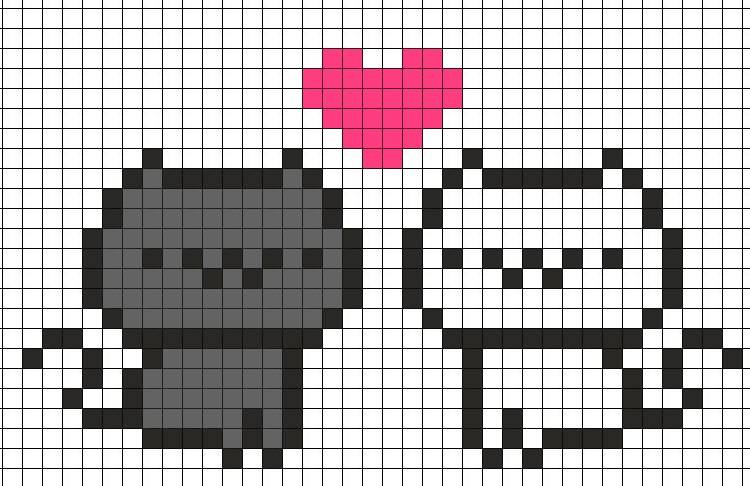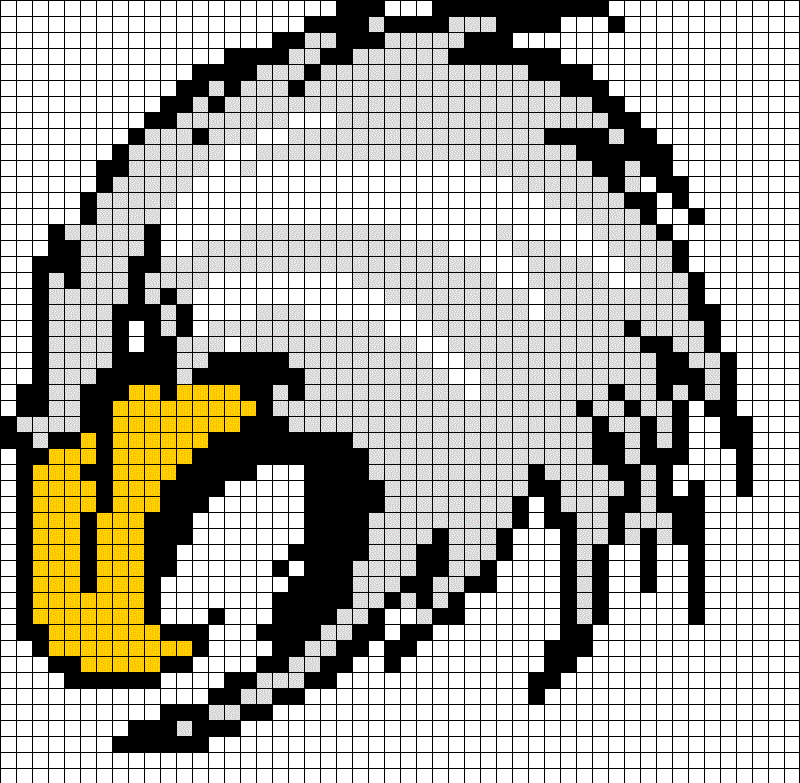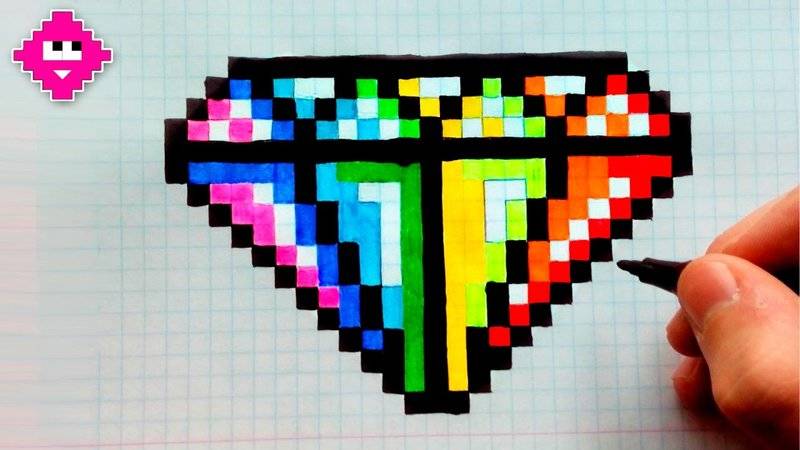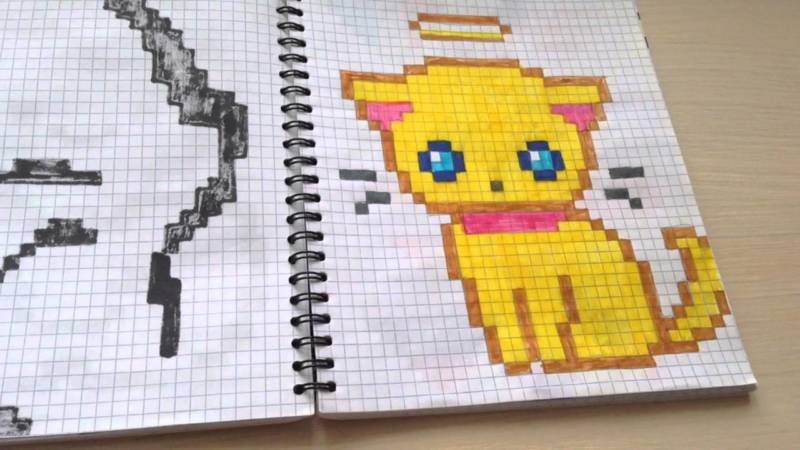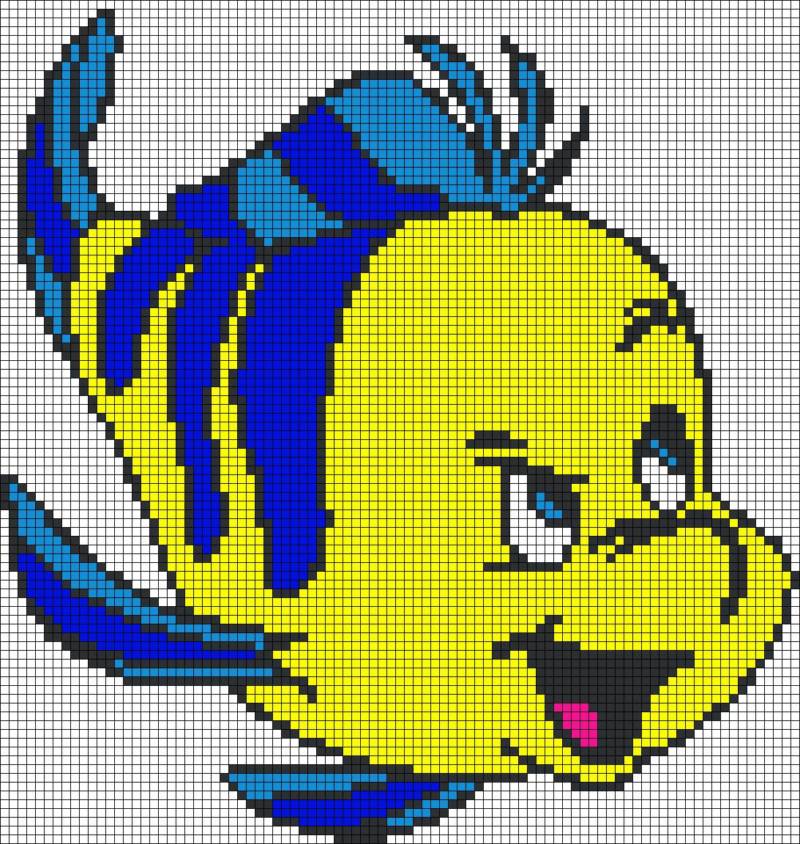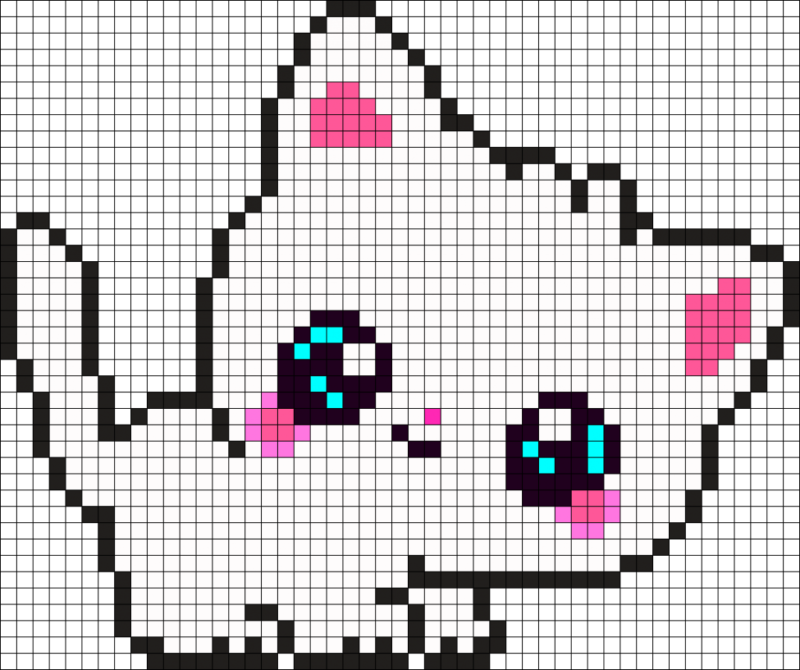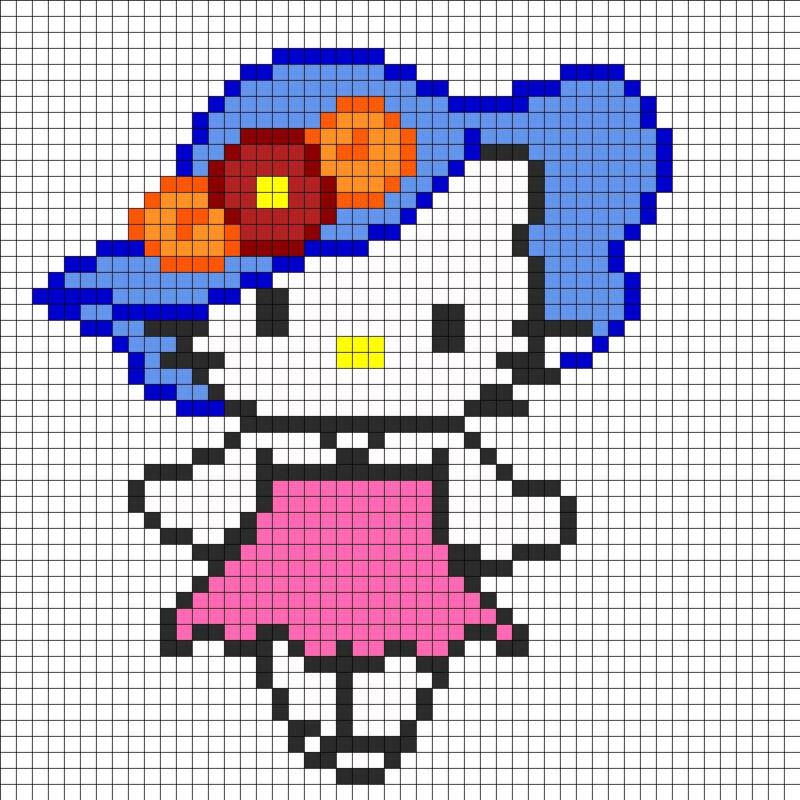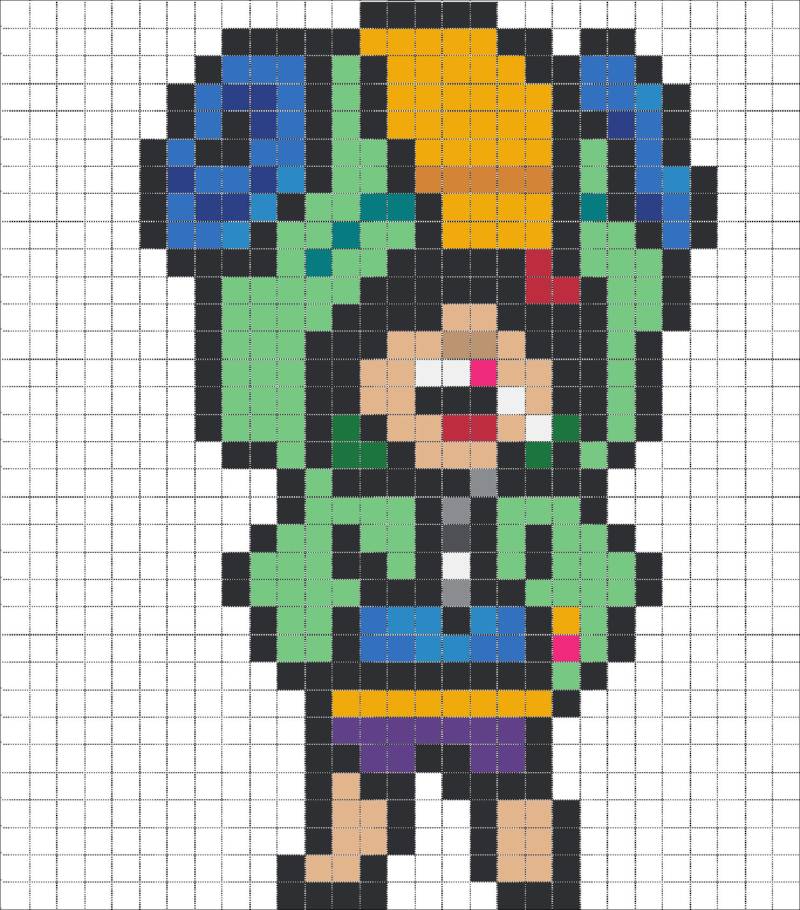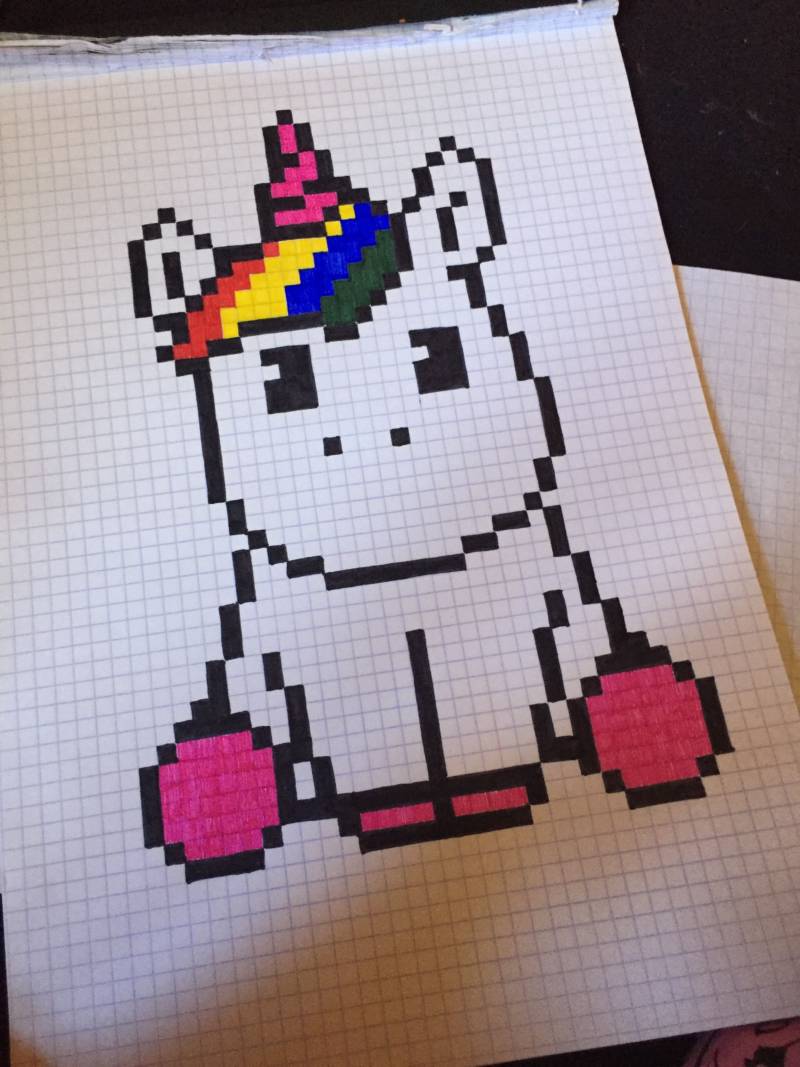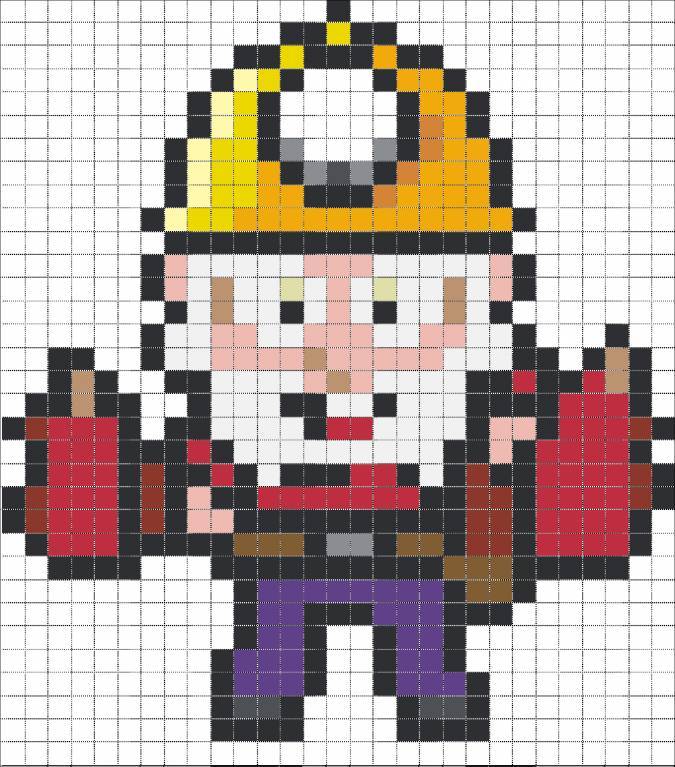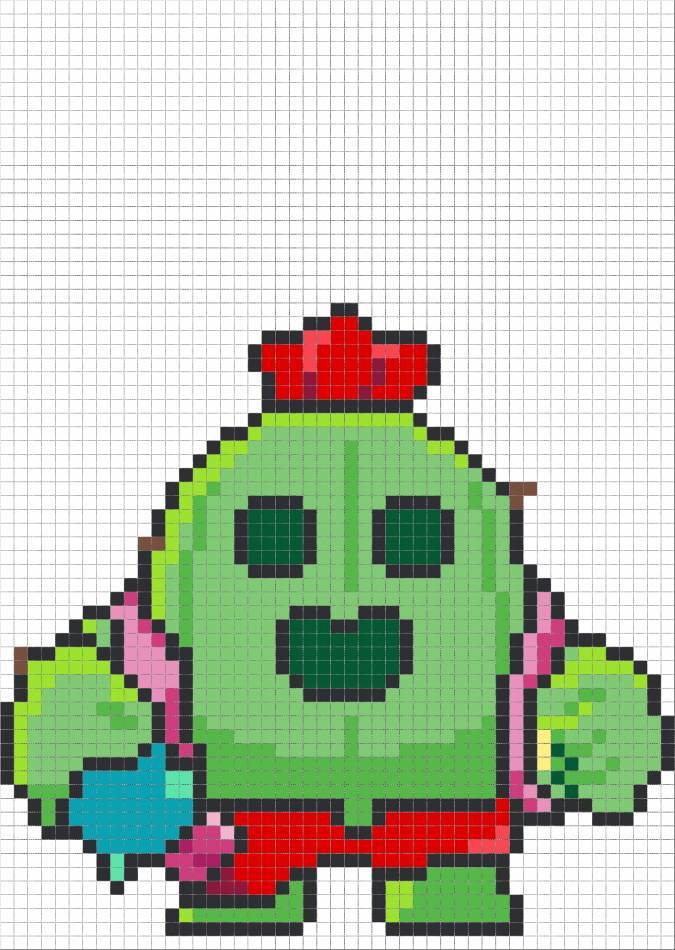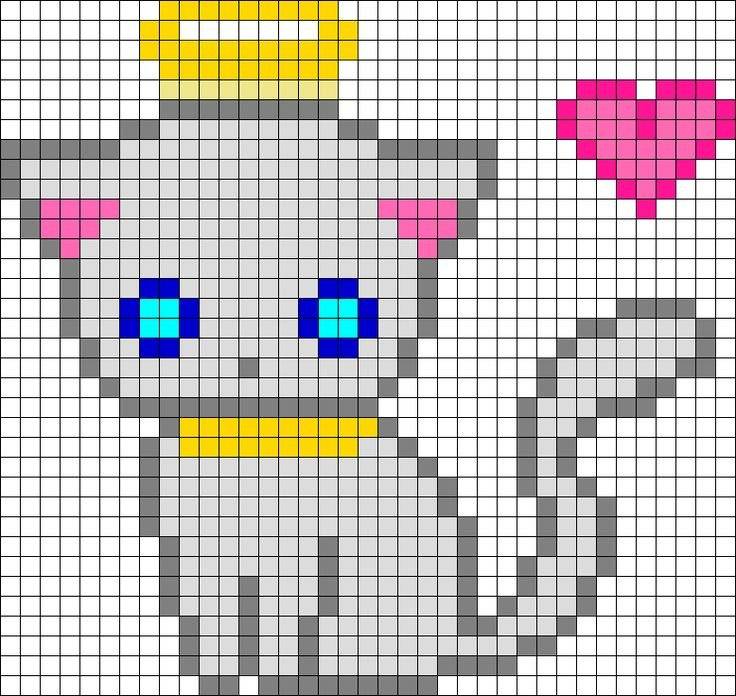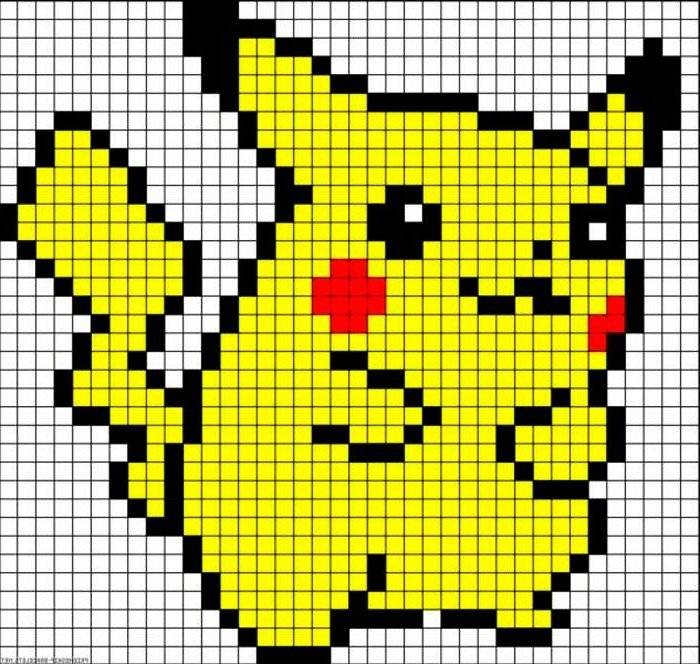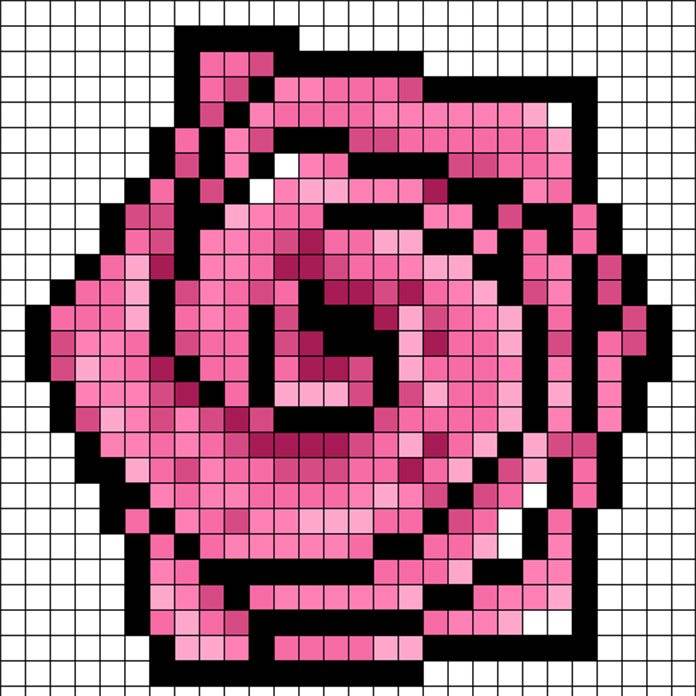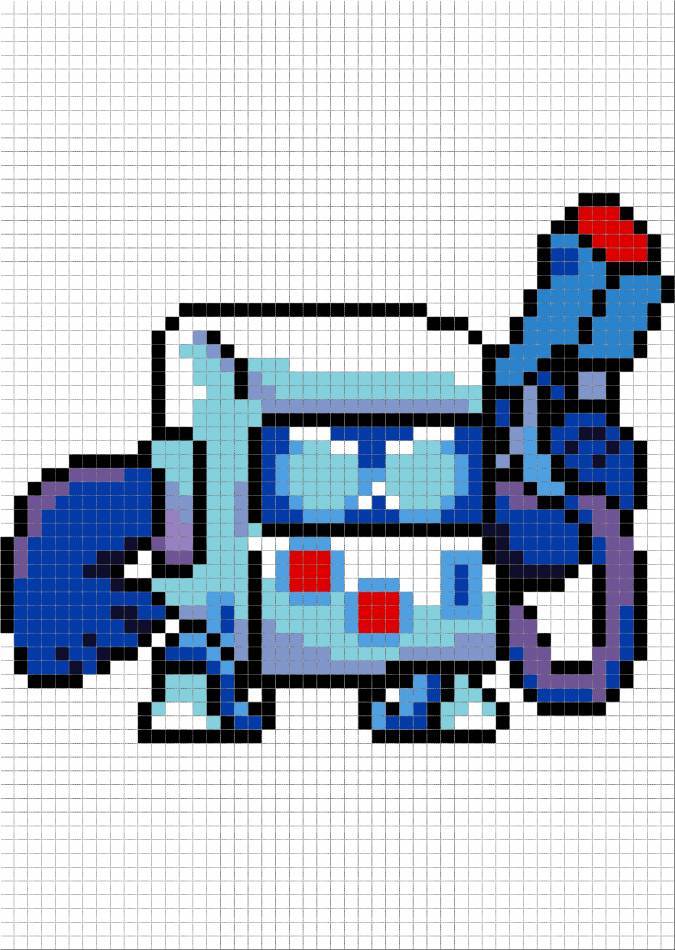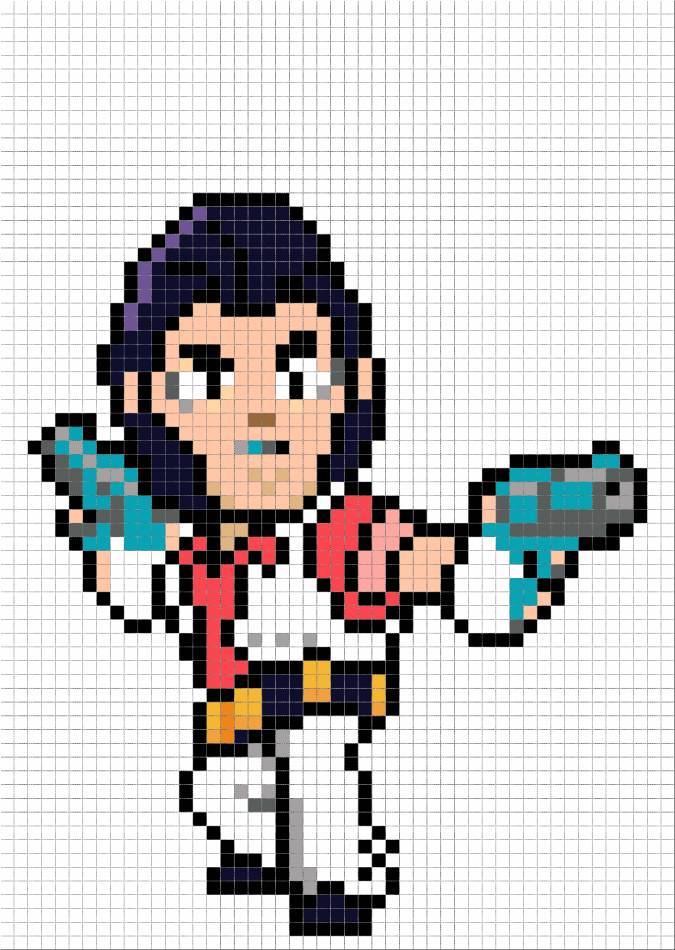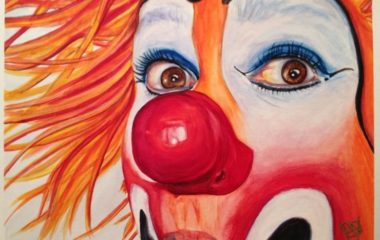Cell Drawing - Ideas and Instructions for Beginner Drawing
Among the simplest drawing techniques drawing on the cell is the most accessible and understandable for the youngest and beginning artists.
This fascinating and useful activity helps develop creative skills and fine motor skills in children from the age of 4-5.
Anyone who wants to learn how to make their world brighter and more colorful can begin mastering the fine arts by creating interesting compositions with the help of ticks, notebook or applied to the base.
Drawing by samples
Almost every child enjoys looking at beautiful pictures and trying to reproduce them independently. However, it is difficult for a beginner to cope with the image of even the simplest objects, such as flowers, toys, animals or smileys.
In this case, a simple technique of drawing various objects and images on ticks comes to the rescue. There are many samples on the Internet and in books for children, with various diagrams for transferring them to a notebook.
There is also a technique of transferring patterns by numbers marked in the squares of the applied grid. It can be used to enlarge the pattern on the fabric for embroidery or on the wall, to create an original interior painting.
Thanks to the simple graphical devices, you can quickly reproduce the figures of any complexity.
Developmental activities
For young children, drawing simple and colorful pictures in a notebook is not only a fun game, but also a developmental activity.
Beginners need the help of adults to explain the order of transferring colorful squares from the sample to the sheet.
First tasks for younger children
Even 4-year-olds can be introduced to the image of basic geometric shapes, which are used to make colorful patterns. Starting with squares and rectangles, you can gradually move on to diagonal shapes, including rhombus, triangle and trapezoid.
A child can do the first exercises on a board with a cell base or in a notebook for math lessons.
It should be taken into account that in the beginning of training it is necessary to give children simple tasks for which it takes no more than 10-15 minutes, so as not to cause an association of developmental games with fatigue and irritation.
Drawing by dictation
A 5-year-old child may be offered an image on the cells without a visual pattern, dictating how many cells should go down from the first, or move to the right and left of the previous one.
For such quick learning of such tasks, you should start with simple shapes, and then move on to drawing a flower, a house or a kitten.
Complication of drawings
Drawing lessons for children in the preparatory group or junior high school can include complicated drawings on the cell, with a large number of diagonal lines.
Examples would be drawings of the roof of a house, a Christmas tree or a rocket.
Methods of performing the tasks
Adults should prepare a sample on a notebook page in advance for a visual dictation with children. Then write down the simplest order of drawing on the checkerboard.
A more exciting task for children will be to draw an object, unknown beforehand, which they can learn only at the end of the work, having fully depicted it on their sheets.
The activity will require a checkered notebook, a simple pencil, and a worksheet to remove mistakes. After correctly reproducing the contours of a given figure in pencil, you can color squares in the colors you like.
Children will be especially interested in a story made up or picked up in books about the theme of the drawing, which will help develop their creative imagination.
The simple science of cell images
To get acquainted with the method of transferring images downloaded from the Internet to cellular paper, it is necessary to spend a little time.
Mastering these skills is done by consistently following 2 basic rules:
- Outlining or sketching lines drawn on paper in a certain order, obtaining complex shapes from a combination of simple squares and rectangles.
- Connect the corners of the squares drawn on the basis, in the form of a sheet of paper or other material, diagonal lines to reproduce triangular shapes, rhombuses or trapezoids, also making images of various objects and objects with their help.
Having practiced on the simplest forms, you can move on to the scaling of images, the size of which will depend on the length of the lines. It is possible to transfer any sample from a ready-made scheme, which can be found on websites for beginner artists or amateur needleworkers.
Cute cats, smiley faces, hearts and other drawings can decorate a personal diary, album or greeting card.
Drawings in black and white squares
Artwork is undoubtedly more colorful in color, but black and white graphics can be just as expressive. You can make simple badges and logos of your own authorship in a notebook that will look neat in the finished grid base.
Most often such images are made with a pencil, ballpoint or gel pen, felt-tip pen or marker.
Contrast and graphic expression can be created by alternating between white and black-painted sections of the drawing. To get the clarity you need, you can use a ruler, connecting the outlined points on the checkered sheet according to the scheme of the original.
Working up rounded outlines
Beginning artists transfer simple and then increasingly complex drawings, later creating their own compositions, in a familiar technique.
You can continue practicing from the schemes by outlining simple objects and then tracing the resulting outline over the squares.
Understanding the principle will help you master the circular circle on a sheet of notebook, the circumference of which consists of the corners of the squares touching it. In this way you can draw the sacred sign "yin-yang".
The simplest example is a drawing of one's own hand, translated into the cell technique by joining the diagonal, horizontal and vertical lines of the basis of a notebook sheet.
For this purpose, it is necessary to put the hand on a sheet of notebook in a cell and to encircle it with a thin pencil line. Then, trying not to go beyond the outlined contour, reproduce this shape in the form of squares, connecting, where possible, smooth lines with diagonals.
The resulting image should trace with a pen or felt-tip pen, and remove the pencil outlines with an eraser. The drawing of a hand obtained in the cell technique can be used for creative solutions of an emblem or a poster.
Drawing cellular smiley faces
Original little pictures in digital graphics serve to graphically add meaning to sent texts or other types of information.
They have become so popular with people as a way to convey their moods that their use has long gone beyond the Internet. Therefore, numerous and emotional drawings of emoticons can be seen on toys, clothing, posters , advertising media and other real life items.
With a simple technique of counting and filling the right boxes with images of different colors, you can transfer smiley faces to a notebook, and then use it to design a personal correspondence, greeting cards or print on clothing, accessories and furnishings.
Funny faces are found with a smile or sadly lowered corners of the lips, with glasses, with headgear, with the characteristic directions of facial movements when conveying different emotions.
After choosing the right scale, you should count the number of cells occupied by the smiley face on the scheme suggested on the Internet and find the best layout on a notebook page.
Then count the number of cells from the edge of the paper to the uppermost and rightmost, choosing it as the starting point for the construction of the entire drawing. After obtaining a complete outline, you should proceed to drawing the eyes, lips, and other features of the drawing.
When the construction of the smiley face on the squares is done correctly and requires no refinement, you can paint the drawing in different colors or leave it black and white.
Advantages of drawing with squares
To master the various techniques of fine art requires long training in special schools and extensive practical experience. Using the cell technique, you can not only decorate your life with small images in a notebook, but also increase or decrease the desired drawings using different scales of a grid of squares.
The same number of notebook cells and drawn on a large sheet of paper or wall, arranged in the right order, will help to absolutely reproduce any image.
Photo ideas for sketching drawings on the squares in a notebook
A simple way of drawing on the cages can quickly master anyone who has the patience and attention to learn the easy rules of this method. A minimum amount of effort is required to produce a cellular drawing, and the result can be very interesting and unusual.

